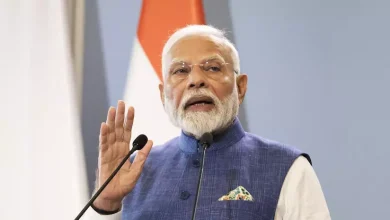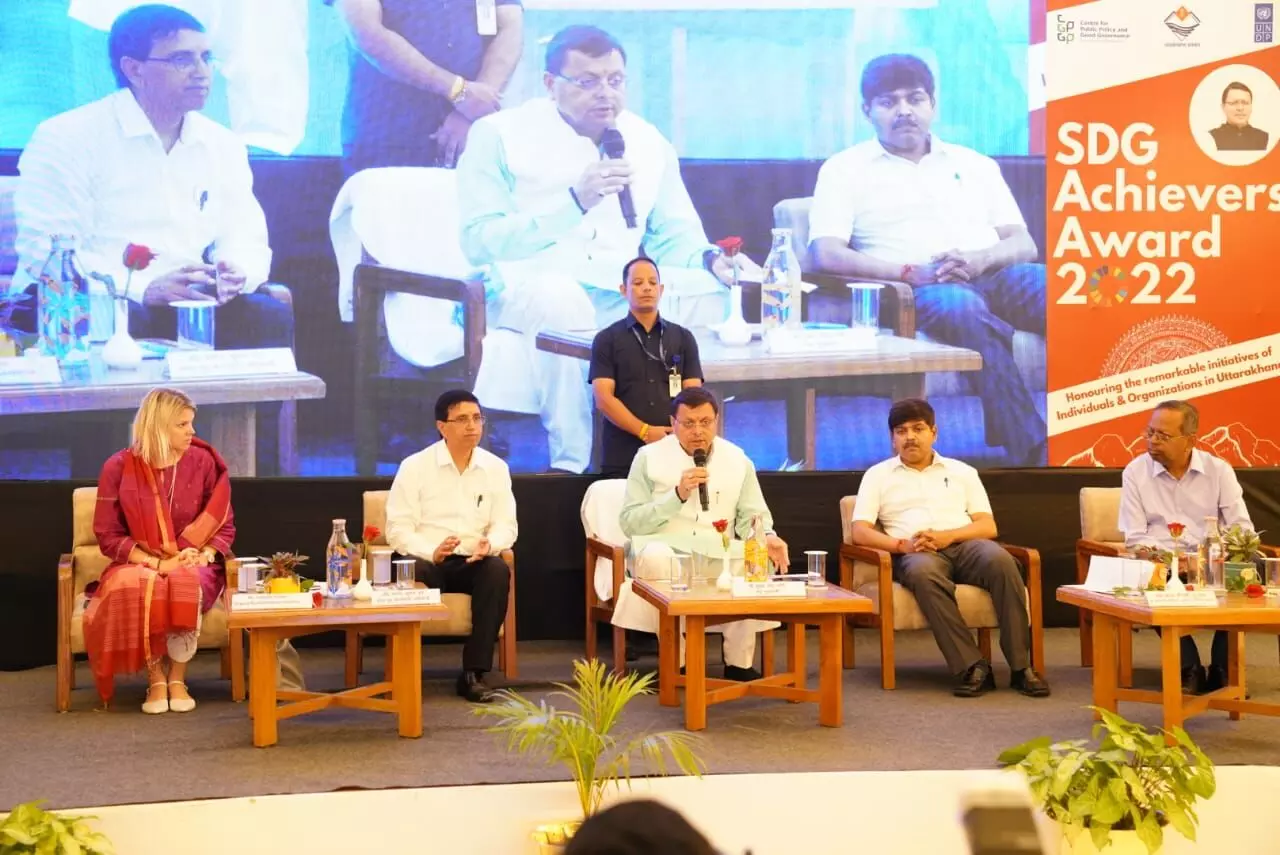
Chennai. The year 2023 can be described as the year of interplanetary missions for the country’s space agency – the Indian Space Research Organization (ISRO). After its mission to the Moon launched on Friday, this is going to be the mission to the Sun for the Indian space agency. ISRO will send its coronagraphy satellite Aditya L1 on a Polar Satellite Launch Vehicle (PSLV)/rocket in late August to study the solar atmosphere. According to ISRO, the spacecraft will be placed in a halo orbit around L1, the first Lagrange point of the Sun-Earth system. The satellite around the L1 point has the major advantage of seeing the Sun continuously without any eclipse/eclipse. The Aditya L1 mission is expected to take place days after ISRO attempted to land its lander on the lunar surface, carried by the Chandrayaan-3 spacecraft. ISRO on Friday put the Chandrayaan-3 spacecraft into orbit using its heavy lift rocket LVM3. According to ISRO Chairman S. Somnath, the moon lander is expected to land on the lunar surface at 5.47 pm on August 23. The European Space Agency (ESA) has said it will provide tracking support for ISRO’s next interplanetary mission – the Sun mission Aditya L1, a solar observatory to be launched in late August. Aditya-L1 is named after the Hindu sun god and future home of the spacecraft, and L1 – the first Lagrange point of the Earth-Sun system. It will study several properties, such as the dynamics and origin of coronal mass ejections, ESA said. ESA support to Aditya-L1 will include tracking activities from Kourou and Gonahili. It will also include support for ESA’s largest antennas – the three 35-metre deep space antennas located in New Norcia, Australia; Malargu, Argentina; and Cebreros, Spain. These stations are used every day by ESA to communicate with its expanding fleet of Solar System explorers such as JUICE, BepiColombo and Solar Orbiter, and space observatories such as Gaia and the recently launched Euclid. They also support missions operated by ESA’s institutional and commercial partners. “ESA flight dynamics experts were also involved in the support of Aditya-L1. ESA assisted in the verification of the ‘orbit determination’ software that ISRO will use for the Aditya-L1 mission. This software is vital for calculating where your spacecraft is, for communicating with it and for calibrating its scientific instruments, ESA said. ISRO has also scheduled a flight to Venus – the Venus Mission – in 2024. Whether it will be a ‘night flight to Venus’ will be known later.
















